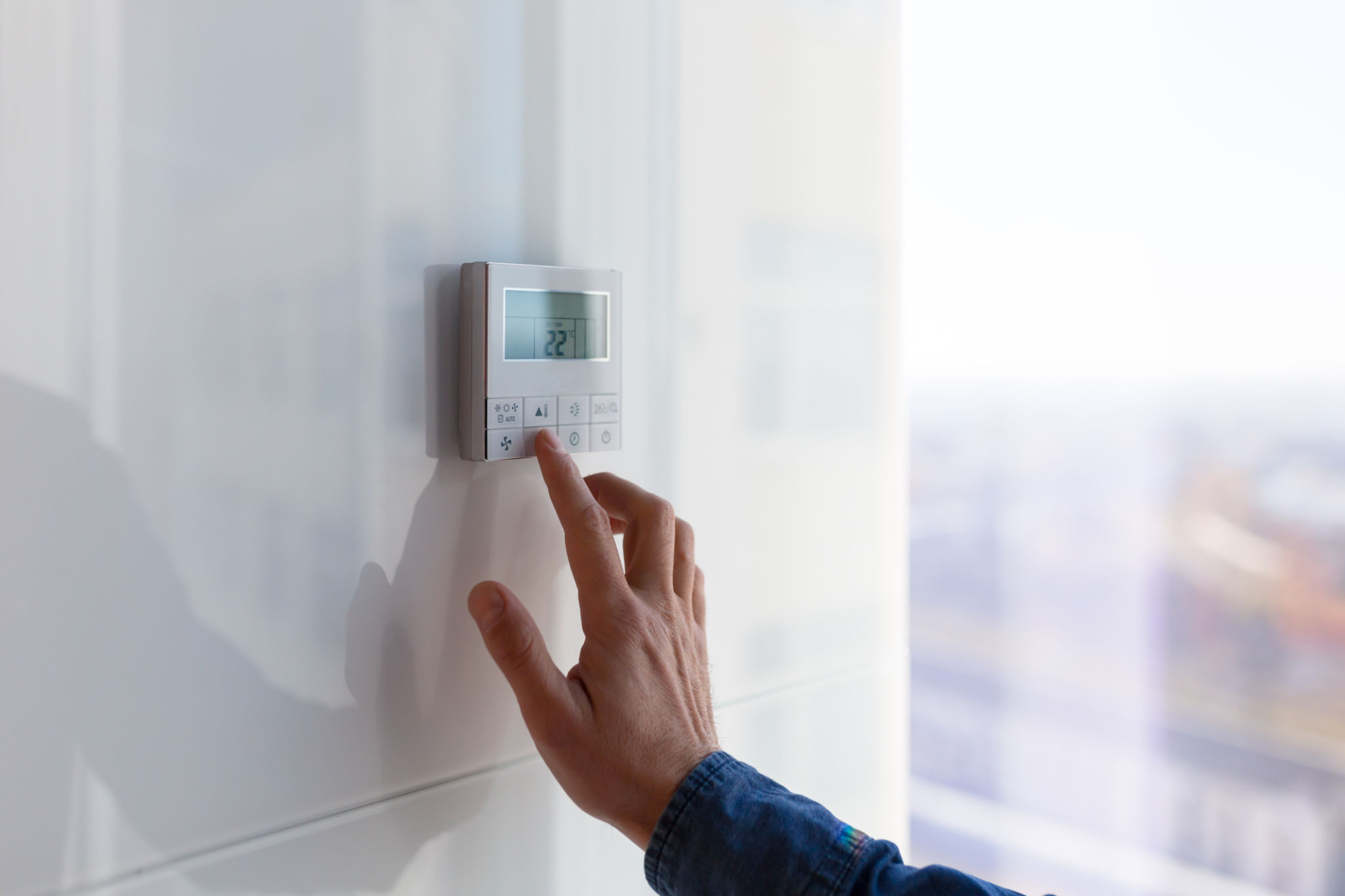How to Choose the Best Cooling and Heating System for Your Travis County Home
Understanding Your Home's Needs
Choosing the right cooling and heating system for your home in Travis County can significantly impact your comfort and energy bills. The first step is to understand the specific needs of your home. Consider factors like square footage, the number of rooms, and insulation quality. Homes with better insulation may require less powerful systems, while larger homes might need more robust options.

Additionally, it's essential to consider the climate in Travis County. With hot summers and mild winters, a reliable air conditioning system is crucial. Heating systems are also important, but they might not need to be as powerful as those in colder regions. Evaluating these factors will guide you toward a system that balances efficiency and effectiveness.
Types of Systems Available
There are several types of cooling and heating systems available, each with its pros and cons. The most common include:
- Central Air Systems: These provide even cooling and heating throughout the house but can be costly to install.
- Ductless Mini-Splits: Ideal for homes without existing ductwork, offering flexibility in zoning.
- Heat Pumps: Efficient for both heating and cooling, particularly in milder climates.
- Window Units and Portable Systems: Best for smaller spaces or as supplemental cooling options.
Each system type has unique benefits, so consider which one aligns with your home's requirements and your budget.
Energy Efficiency Matters
Energy efficiency is a crucial factor when selecting a cooling and heating system. Energy-efficient systems not only reduce your carbon footprint but also lower utility bills. Look for systems with high SEER (Seasonal Energy Efficiency Ratio) ratings for cooling and high AFUE (Annual Fuel Utilization Efficiency) ratings for heating.

Investing in an ENERGY STAR-rated system can ensure you get a product that meets strict energy efficiency guidelines. Additionally, some local utility companies offer rebates for installing energy-efficient systems, which can offset initial costs.
Professional Installation and Maintenance
Once you've chosen the right system, professional installation is key to ensuring it operates efficiently. Improper installation can lead to reduced performance and increased energy consumption. Hiring a certified technician familiar with local building codes and climate considerations is a wise choice.

Regular maintenance is also vital to prolong the life of your system. Schedule annual check-ups to clean filters, inspect ductwork, and ensure everything functions correctly. Proper maintenance can prevent unexpected breakdowns and costly repairs down the line.
Budgeting for Your System
When budgeting for a new cooling and heating system, consider both upfront costs and long-term savings. While more efficient systems might have higher initial prices, they typically offer savings on monthly energy bills. Factor in installation costs and potential rebates when calculating your budget.
If financing is necessary, many manufacturers and installers offer payment plans that can make purchasing a new system more affordable. Be sure to compare offers to find the best deal that fits your financial situation.
Conclusion: Making the Right Choice
Choosing the best cooling and heating system for your Travis County home involves careful consideration of your home's needs, available system types, energy efficiency, installation quality, and budget. By taking these factors into account, you can ensure that your home remains comfortable year-round while also being mindful of energy consumption.
Ultimately, consulting with HVAC professionals can provide personalized recommendations tailored to your specific situation. With the right system in place, you'll enjoy a comfortable living environment that suits both your lifestyle and your wallet.
